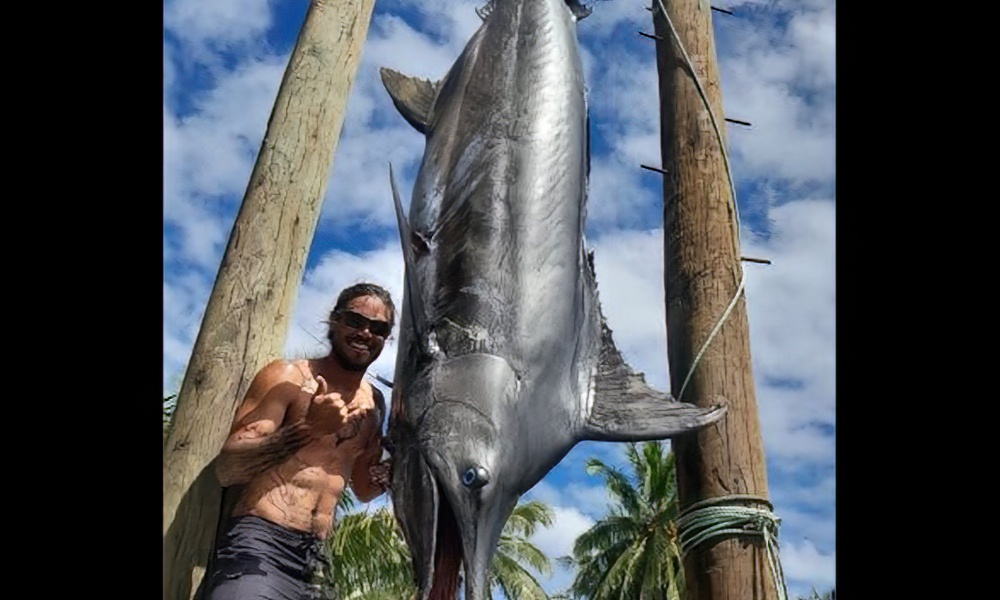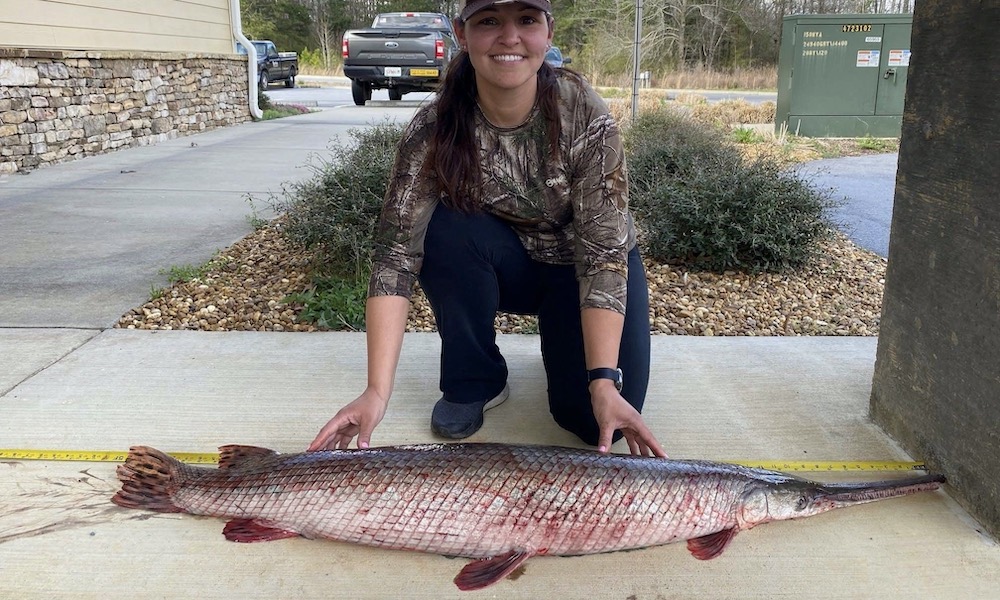Those familiar with oarfish know that they live at great depths, are mostly seen dead and washed up on shore, and are often referred to as a doomsday fish because seeing one is a warning sign of impending doom, or at least as legend has it.
And they are hardly ever caught by fishermen, since they live in depths from 600 to over 3,000 feet.
So it was a rare catch when two fishermen off the Top End of Australia landed the serpent-like sea creature and held up their prized catch, a giant oarfish, for a photo.
Skipper Curtis Peterson of Tiwi Islands Adventures led the night-time fishing excursion last week off Melville Island where the unidentified anglers made the catch, according to the Daily Mail Australia.
Related: Angler revives exotic sea creature in rare encounter
The image of the catch was posted on the Fishing Australia TV Facebook page where commenters questioned the odd-looking head that looked like a seahorse or an oarfish with a horse’s head. But one commenter correctly explained that the mouth is extended, much like a John Dory fish.
One feature of the oarfish is a “protrusible mouth,” or a mouth capable of being extended, which might have occurred while being caught.
It is worth noting that this is the first recorded sighting of an oarfish in the Top End, according to Yahoo Australia.
“It’s the first time I’ve ever heard someone land a fish like that up here,” NT News fishing columnist Alex Julius said, according to Daily Mail Australia. “It’s also very rare to land one of these fish, most being found washed up ashore already deceased.”

A giant oarfish washed ashore near San Diego, California, in September 1996, and a group of U.S. Navy SEALS held up the 23-foot-long sea creature.
As for its reputation of being a warning sign of doom, well, it’s not true. Or is it?
In traditional Japanese legend, oarfish were known as “ryugu no tsukai” meaning “the messenger from the sea dragon god’s palace.” People believed oarfish would come up from the deep to warn people when an earthquake was imminent. This myth caused a stir in 2011 when 20 oarfish washed ashore in the months before Japan was struck by the country’s most powerful earthquake.
While there is no evidence to back up the link between oarfish sightings and earthquakes, in August 2024 snorkelers found an oarfish in California — two days before an earthquake hit the region. However, scientists believe this was a coincidence.












